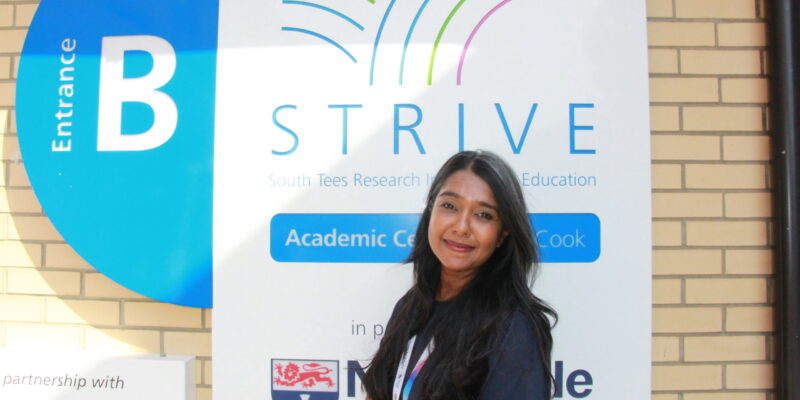Research experts across Teesside are looking to reduce the amount of radiation exposure in children with scoliosis who undergo regular x-rays.
Consultant musculoskeletal (MSK) radiologist, Dr Maya Jafari from University Hospitals Tees is leading a new clinical study that could soon see spinal x-rays work without or with much less radiation.
Scoliosis is a condition where the spine bends and curves. According to medical journal, The Lancet, scoliosis affects 5% of the UK population aged from 10 to 18, however in 80% of these cases, the cause is unknown. This is known as Adolescent Idiopathic Scoliosis (AIS).
X-rays are commonly used to take images of the spine to help diagnose and monitor Adolescent Idiopathic Scoliosis.
Patients with AIS, particularly children must undergo regular x-rays to help medical teams determine the severity of the curve, monitor its progression and guide treatment decisions.
However, repeated x-rays can cause heightened anxiety for patients and their families due to the increase in radiation exposure.
The risk from a single X-ray is low but some reports suggest that recurring X-rays can damage DNA, particularly in children and future generations of those exposed to radiation.
The SPINE study
To help combat these challenges, Dr Jafari who works as a consultant at The James Cook University Hospital is leading on the SPINE study with Professor Joy Adamson from the Department of Health Sciences at the University of York and a team of researchers.
They will also be interviewing healthcare professionals to gather information on current practice and explore other ways of imaging.
Dr Jafari said: “Radiation levels in x-rays including AIS x-rays are kept as low as possible while ensuring that the images are clear enough for health professionals to make important decisions about treatment.
However, x-rays can still be harmful. Most patients with AIS will have around 10 to 25 x-rays during adolescence and more complex patients might need between 40 to 50 x-rays in their lifetime, in turn increasing their exposure to radiation.
“There are other ways to take images of the spine that use no or low radiation, but these methods are not widely available within the UK.”
Dr Jafari continues: “That’s where the SPINE study comes in. We will review medical literature and current practice in centres throughout England to better understand what forms of AIS are in available and in use.
“Then we will ask patients, families, carers and health professionals to provide their thoughts, views and opinions on current scoliosis management so we can better understand routine care and patient journeys. On completion of the study, we will host an event to share our findings.
Ultimately, our goal is to find the best method to use for imaging scoliosis that also reduces exposure to radiation in children and protects future populations.”
The study is led by the Academic Centre of Surgery at South Tees Hospitals NHS Foundation Trust who will be advertising for patients, their families and healthcare professionals to take part in the study.
Get involved
If you would like to get involved, please register your interest by emailing: [email protected]
